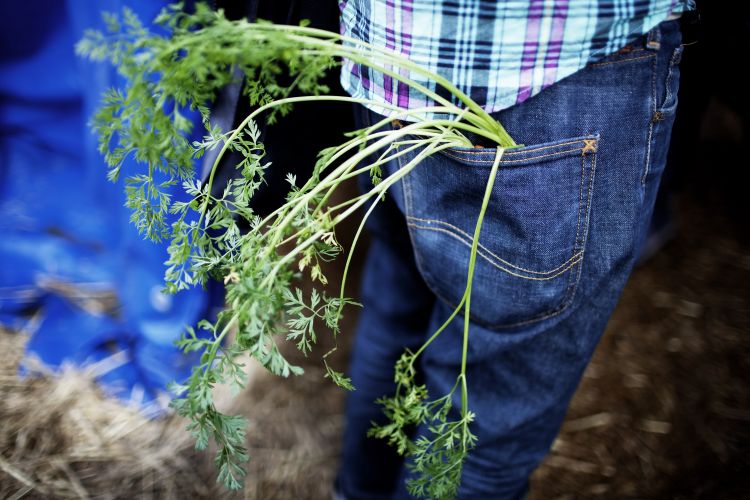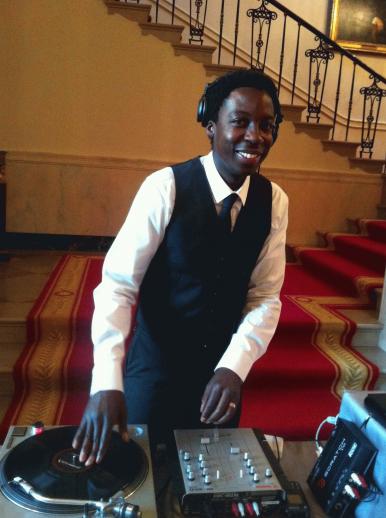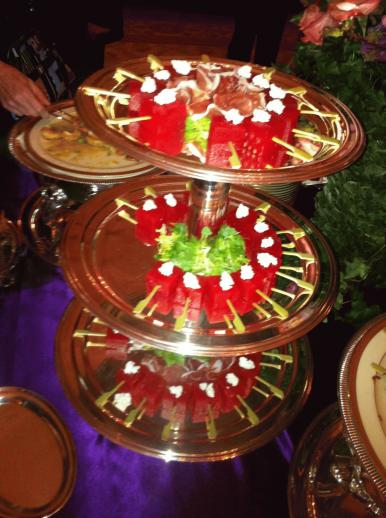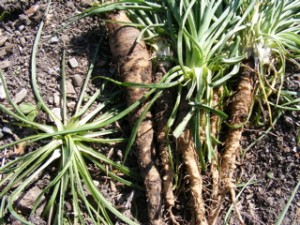 Well said!
Well said! This quote is from Helen De Michiel's article, "Toward A Slow Media Practice," in which she outlines the relationships between food and media. Her ideas are a good platform from which to explore the many ways in which our daily immersion in food and media can make sense as unifying experiences, one nurturing the other.
Both presenting the same choices about how we choose to address corporate control, local food and media independence, transnational yet grassroots collaborations, fair trade. And what I like best: both offering joy.
Michiel goes on to say that "Both Slow Food and Media Arts represent significant niches in our cultural landscape.They are quiet movements built on the ideals of self-determination, community empowerment, and preservation of legacy in a throwaway milieu. While neither valued nor well understood by the mainstream, they both are sustaining individuals and communities with imaginative practices that transform consciousness in a slow and steady flow.
While Slow Food defends endangered foods, we struggle to carve out and protect a public space where independent media arts practices can thrive."
Now I'm going to make a nice breakfast!



 The overall plate was super rich, complex and dynamic -- but calm and balanced. Again, I think that's really hard to do.
The overall plate was super rich, complex and dynamic -- but calm and balanced. Again, I think that's really hard to do. Marcos recognized the importance of community radio and began to bomb many of the Catholic church's radio stations. He was unable to get to all of them and it was through these small radio stations that the streets were organized towards the successful overthrow of Marcos.
Marcos recognized the importance of community radio and began to bomb many of the Catholic church's radio stations. He was unable to get to all of them and it was through these small radio stations that the streets were organized towards the successful overthrow of Marcos.